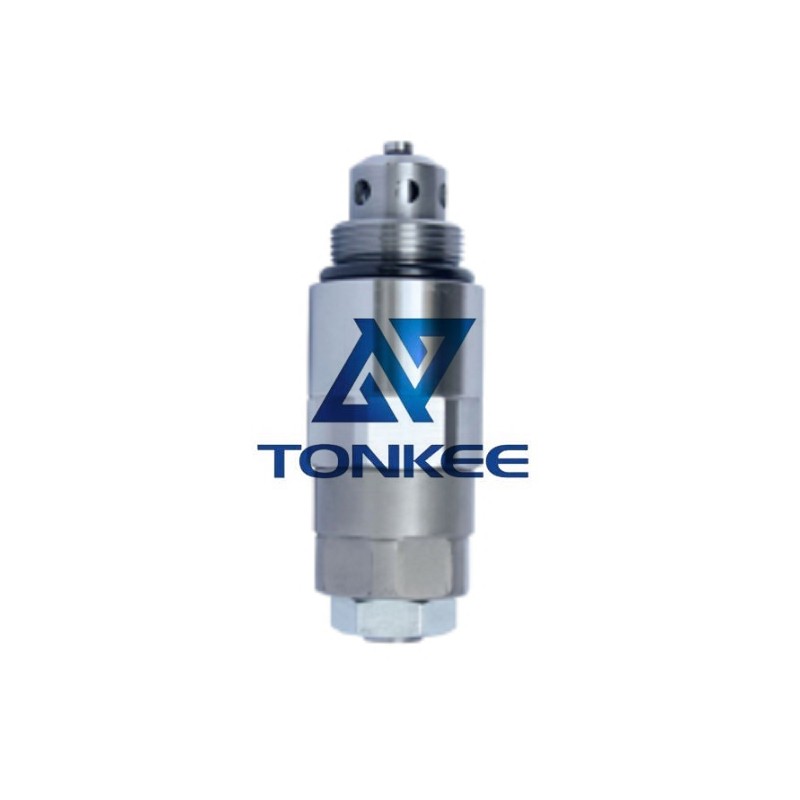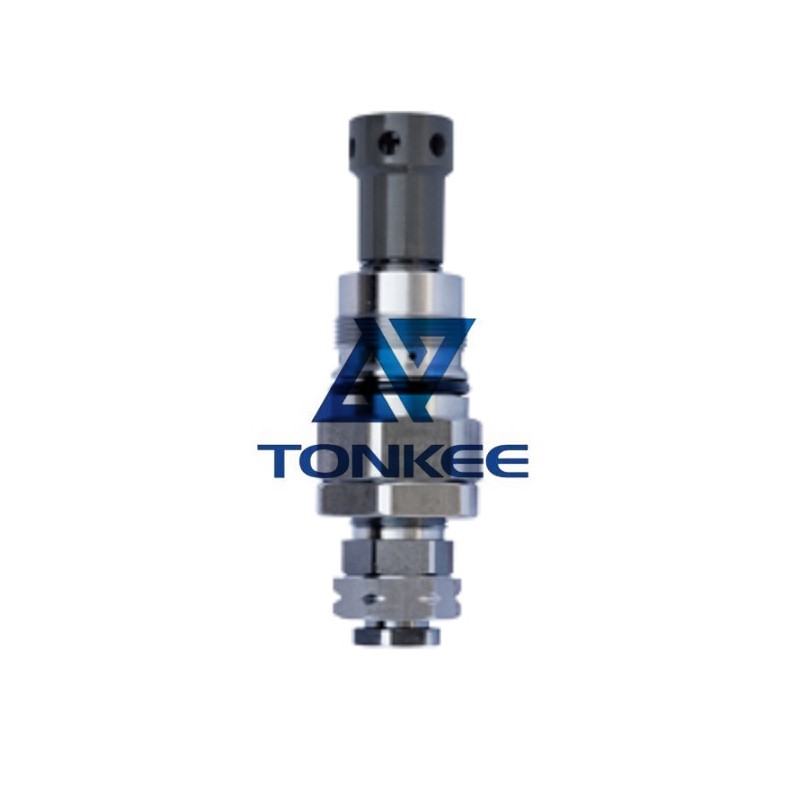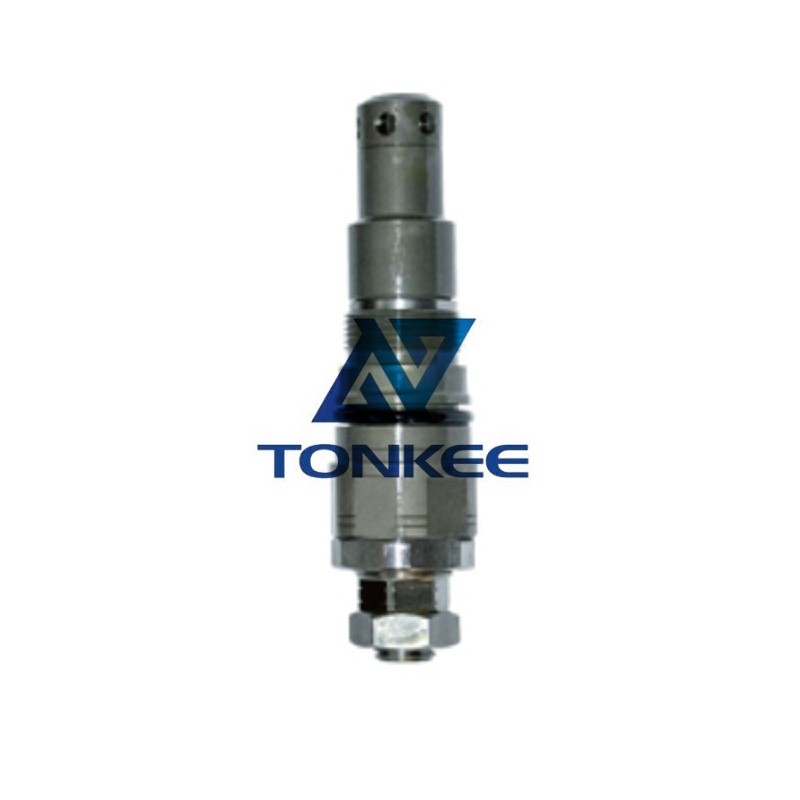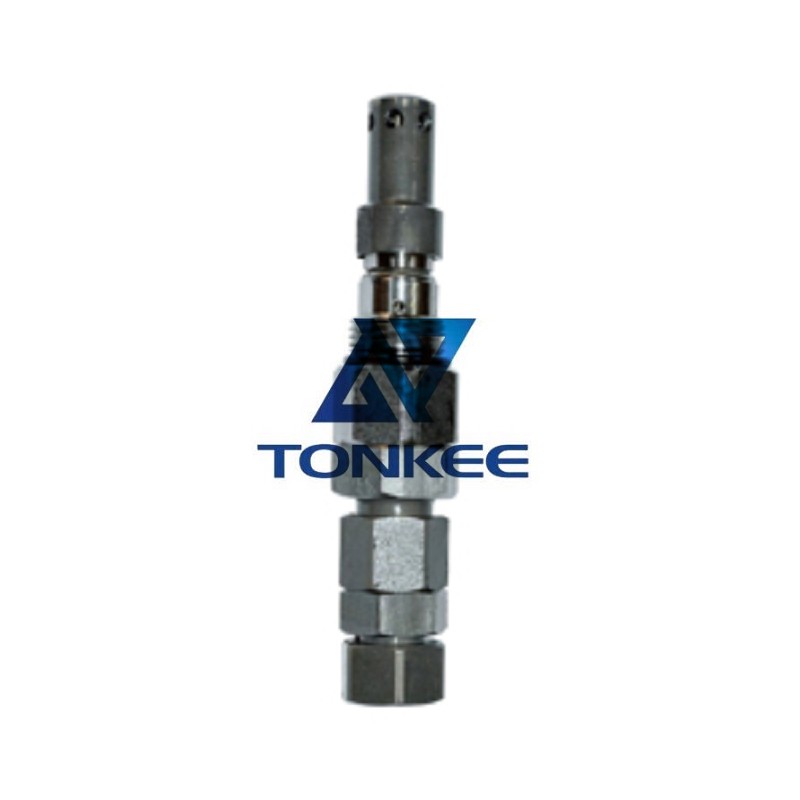
The R220-5 Port Relief Valve is designed to be installed in hydraulic circuits where pressure control is required.
It features a compact and lightweight design, making it easy to integrate into existing systems or new installations. The valve is typically installed in a pressure line and is capable of handling high-pressure levels up to a specified maximum.
One of the key features of the R220-5 Port Relief Valve is its adjustable pressure setting. The valve allows users to set the desired pressure at which it will start relieving excess pressure from the system. This adjustable feature provides flexibility and allows for customization based on specific application requirements.
The valve operates based on a spring-loaded design. When the pressure in the system exceeds the set value, the spring is compressed, and the valve opens, allowing excess pressure to be diverted and relieved. Once the pressure drops below the set value, the spring pushes the valve back into the closed position, ensuring normal system operation.
To enhance its durability and performance, the R220-5 Port Relief Valve is constructed using high-quality materials. The valve body is typically made of robust metal alloys that can withstand high pressures and harsh operating conditions. The internal components, such as the spring and seals, are carefully selected to provide reliable and long-lasting performance, minimizing the risk of system failures or leaks.
Installation and maintenance of the R220-5 Port Relief Valve are relatively straightforward.
The valve is typically threaded to allow for easy installation in the hydraulic circuit. Regular inspections and maintenance are recommended to ensure proper functionality and prevent any potential issues. This includes checking for leaks, verifying the pressure setting, and ensuring the valve is free from any debris or contamination.
The R220-5 Port Relief Valve is designed to meet industry standards and regulations for safety and performance. It undergoes rigorous testing and quality control procedures to ensure compliance with these standards. Additionally, the valve may come with optional features such as pressure gauges or manual overrides to provide additional monitoring and control capabilities.





 English
English português
português Русский язык
Русский язык












